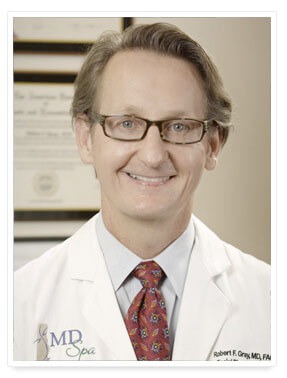Cheek Implants in the Tri-Valley
Cheek Implants are used to improve and enhance facial contours. Implants can help provide a more harmonious balance to your face and features so that you feel better about the way you look.
Cheek Implantation is a surgical procedure that brings the face into better alignment. Increased volume and emphasis in the cheek area can provide a more desirable and youthful contour to the face.
Cheek Implant FAQs
Clients in good health who wish to augment and shape the cheek are the best candidates for surgery. Those who most frequently have Cheek Implants are those who have lost soft tissue and the natural padding of fat layers or simply have a flat appearance to the cheek.
A surgeon makes an incision in the crease under the lower eyelashes or inside the mouth where the lips and gums meet. The surgeon then forms a pocket in the facial tissue and inserts the implant.
Expect to resume normal activities within one or two weeks.
There are certain risks and side effects associated with a Cheek Implant surgery. Though rare, infections around the implant, hematoma (clotted blood under the skin), implant displacement, temporary numbness, swelling and bruising are all possible.
After surgery, expect swelling and minimal bruising. Numbness of the cheek and mouth may occur but will dissipate over several weeks.
Results are immediate after surgery; however, there is swelling in the weeks following the procedure. Most patients see full results after several weeks.
Results are permanent and last a lifetime.
Cheek Implants are permanent and do not require additional surgery; however, follow-up appointments are recommended to track the patient’s healing process.
Those who have a history of diseases or bone disorders and those who have taken Accutane® in the last six months are not candidates for the surgery.
The patient’s individual surgeon will provide specific instructions prior to surgery. There will be guidelines on eating, drinking, smoking and medications to take and avoid. Patients should make arrangements for someone to drive them home after the surgery.
Stay in bed with your head elevated for twenty-four hours after the surgery. Apply cold compresses for the next two to three days to reduce the swelling.
A Quick Reference Guide - How to conquer things you see in the mirror that annoy you most!
| What You Don’t Like! | What You Can Do About It! |
| Dark Circles / Bags Under Eyes | Restylane filler, Eyelid surgery |
| Lip Lines | Filler, Botox, Laser Resurfacing |
| Acne Scars | Profractional / Microlaser Peel |
| Age Lines and Wrinkles | Profractional / Microlaser Peel |
| Thin Lips | Fillers or Lip Procedures |
| Jowls, Neck Laxity | SkinTyte II™ or Mini-lift |
| Unwanted Hair | Laser Hair Removal |
| Spider Veins on Face or Legs | Vascular Laser |
| Lines Between the Brow or Eyes | Botox, Dysport, XEOMIN |
| Red Flushing on Face or Chest | Sciton IPL Photo Facial |
| Dull, Uneven Skin, Wide Pores | Obagi Skin Care, IPL, Photo Facial, DermaSweep |
| Severe Unwanted Perspiration | Botox |
| Too Much Stress | Relaxing Facial and Massage |
| Unwanted Fat (Without Surgery) | CoolSculpting |













 Robert F. Gray, MD, FACS, is an honors graduate from St. Louis University School of Medicine, residency-trained at Emory University, and fellowship-trained at the University of California at San Francisco. He is dual Board-Certified in all aspects of complex facial plastic surgery.
Robert F. Gray, MD, FACS, is an honors graduate from St. Louis University School of Medicine, residency-trained at Emory University, and fellowship-trained at the University of California at San Francisco. He is dual Board-Certified in all aspects of complex facial plastic surgery.